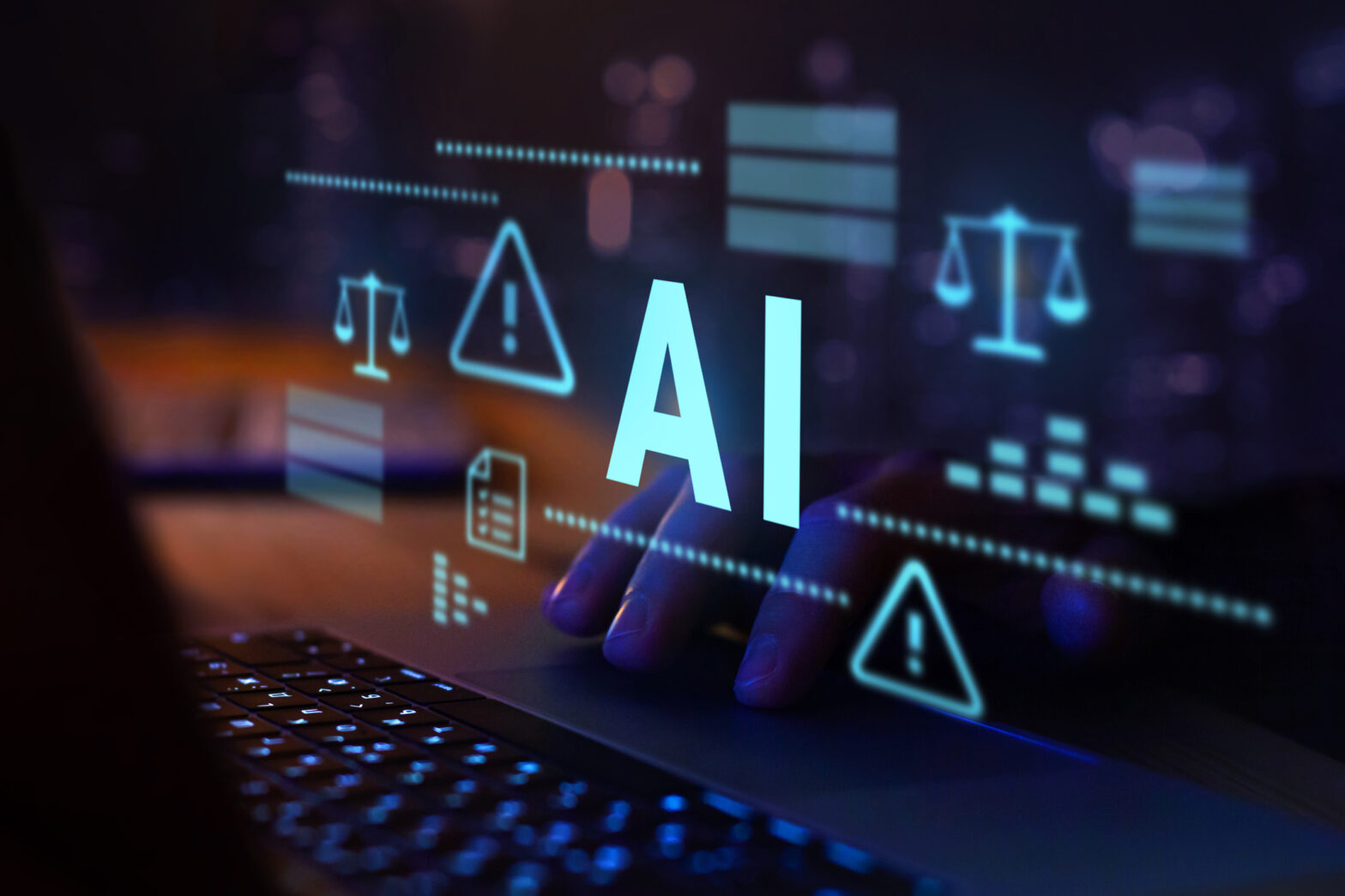In 2016, Gartner identified autonomous agents as a top ten technology trend that will define enterprise strategic operations over the next five years.
Indeed, to this end these software-based smart machines will have a near-term, broader impact, although the technology’s presence will be felt for many more years to come.
Recent advancements in machine learning have given rise to virtual personal assistants (VPAs) – such as Apple’s Siri, Microsoft’s Cortana and Amazon’s Alexa – and smart advisers.
The impact of these has already been felt in enhancing enterprise strategies and communications. In general, the current trend of integrating autonomous agents into operations is aimed at improving user experience.
This improvement takes the form of allowing the software-based smart machine to become the main point of contact for the user. In essence, it’s how a user interacts with an organisation and/or the products and services it sells.
>See also: Enterprise networks are proving to be blockers to digital transformation
A recent example of this, albeit not from an enterprise, is the integration of Alexa into Aylesbury Vale District Council’s network. As reported in the last issue of Information Age, the council is using the digital personal assistant to integrate information and to help customers engage with some of the internal processes that have been built. And the resulting improvements and expansion capabilities have been dramatic.
Over the coming years, this use of autonomous agents will become an increasing presence, not only in enterprise, but in other business types.
Looking at the enterprise, however, the impact that autonomous agents are having is clear. Shashi Nirale, senior vice president and GM EMEA at Servion, points to the technology and its transformation of customer service.
‘One example is the use of autonomous agents in customer service/contact centres, to suggest the “next best action”,’ he says. ‘The technology means that enterprises are able to predict and contextualise why customers are getting in touch, and automate the best response that is needed.’
This is nothing new, but the quality in which the service has been delivered has drastically improved, with advancements in AI-powered data analytics platforms. ‘For example,’ continues Nirale, ‘a telecoms customer in an area where connectivity issues have already been reported can be directly routed to technical support.
The agent can then “learn” from customer scenarios, and make next best action decisions instantly. ‘These automated services solve a number of customer service challenges that customers face, such as having to wait on hold or navigate endless menu options. It also makes it easier to automate repetitive workloads, saving the customer time and the company precious resources.’
Rurik Bradbury, global head of research at LivePerson, agrees and sees that there are ‘a number of uses in the customer care arena, to take on routine tasks that are simple enough for bots to handle without getting confused’.
He also feels that, today, ‘the use cases are limited’. It is true that many use cases of autonomous agents are in the early or beta stage of development and testing. However, the technology’s current, and future impact will be wide-ranging, and not restricted to customer service or communication.
One expert tells Information Age that her customers use autonomous agents in the mining industry to support autonomous drilling. In the unmanned ground vehicle (UGV) sector, continues Dava Baumann, vice president of global marketing at Rajant Corporation, autonomous agents ‘are being used to provide the communications platform for an autonomous robot used for perimeter security monitoring for Fortune 500 companies’.
>See also: Reality bites: VR, AR and the enterprise network
It is a technology that is transforming strategic operations for many enterprises in many sectors: the benefits are already being felt. Moving forward, as the technology continues to progress, the enterprise will be able to use autonomous agents – and it is already starting to do this – for increasingly complex tasks, such as analysing and making sense of unstructured data in recruitment.
But, changing gear, the question driving this article forward is: how is this increasing use of autonomous agents influencing the enterprise network? What challenges does the technology bring to the network, and how can they be overcome? Where does the future of software-based smart machines lie?
Network strain
Adding any new or emerging technology into a network will inevitably bring some challenges, initially. As more autonomous agents are added to a network, the level of complexity grows.
Bradbury shares this view and tells Information Age that the biggest challenge will be ‘managing the bots’. He adds, ‘The harsh truth is that bots very often fail if there is no system in place to judge bot performance in a detailed way and then fix the issues with them – the bot project will not succeed.’
Systems with the design Bradbury has suggested therefore need to be integrated alongside the inclusion of autonomous agents in the enterprise network. Another network strain that will develop with the increasing use of software-based smart machines is the surge in the amount of data being produced.
Data, often described as the lifeblood of organisations, is essential for continued growth, innovation and, ultimately, competitiveness.
Making sense of all this new data being produced by autonomous agents is where the real challenge for the enterprise network lies. The required interdependencies that enable autonomous agents will have to work together smoothly, as Nirale explains:
‘There has to be a seamless ability to gather, interpret, share and transfer data to enable the use of this technology. This can require organisations to rethink how they capture, aggregate and store their data, and forces them to ensure that all systems are interoperable so as to ensure that no data is lost in silos.’
Working together
Interoperability is the ability to successfully deploy and run deployments – in this case autonomous applications – across multiple clouds, through multiple vendors, simultaneously.
The ability to channel this will provide organisations with the capability of running autonomous agents, while significantly reducing the strain on the enterprise network.
It is certainly achievable, as was evident at The OpenStack Summit in Barcelona last year, where 18 cloud vendors deployed and executed an enterprise network with automated deployment tools, demonstrating that cloud infrastructure can support enterprise applications.
>See also: 7 changes facing the enterprise network in 2017
Interoperability reduces the strain on the enterprise network. It also ensures that organisations are protected from vendor lock-in and offers flexibility and efficiency when managing all workloads, including the increased data created by autonomous agents.
Baumann suggests that routing software can also help minimise the strain on the enterprise network and aid the seamless transition of autonomous agents into the system. ‘Our InstaMesh routing software’, says Baumann, ‘directs the continuous and instantaneous forwarding of wireless and wired connections within a network, enabling complete network mobility, robust fault tolerance, high throughput and low latency with very low maintenance and administrative requirements.
Effectively, it allows all traffic to traverse the network with no single point of failure.’
‘This is particularly significant when you consider that without a reliable always-on network infrastructure, autonomous applications and devices cannot perform their designated functions.
This significance only increases with mission-critical applications that may be involved in security scenarios involving the safety and welfare of people, such as in the example of a robot in a perimeter security environment.’

The future
It is evident, therefore, that while an increasing integration of autonomous agents into the enterprise network will challenge the system, there are solutions that counter this. A living, autonomous network is certainly achievable and necessary.
As AI and machine learning advance, there will be a corresponding growth in the use of autonomous agents within enterprise, suggests Nirale. In fact, he continues, this trend will continue to the point that autonomous agents will ‘underpin 95% of customer interactions by 2025’.
>See also: How the Internet of Things is impacting enterprise networks
‘In the future, these systems will understand us even better, including detecting and reacting to emotion – for instance, by offering compensation for a disgruntled user, rewarding a happy customer or connecting with an unengaged customer to improve relations.
These developments will transform our relationship with brands and providers, allowing businesses to measure a customer’s loyalty factor and convert emotions into dollars.’
Finally, the inevitable rise in autonomous interactions does not necessarily mean that jobs will be replaced, insists Bradbury. They will in fact, network permitting, replace tasks. He envisages a future where hybrid bots will be dominant – ‘where people will be augmented with bot technology…humans will be generalists, and bots will be specialists’.
The future is certainly bright for the enterprise whose strategic operations are defined by the use of autonomous agents. To ensure this successful transition, the enterprise network – and the workloads it supports – will have to be agile, productive and adaptable.










